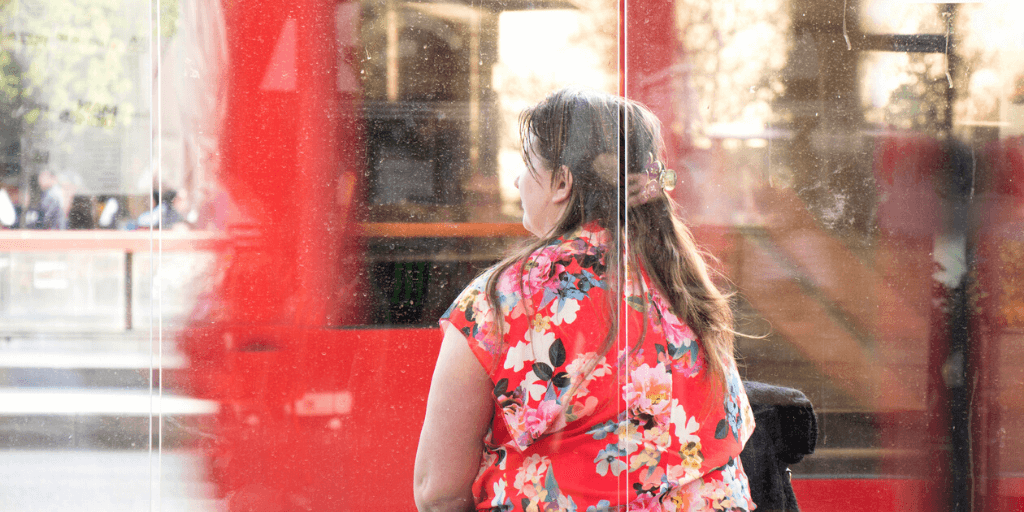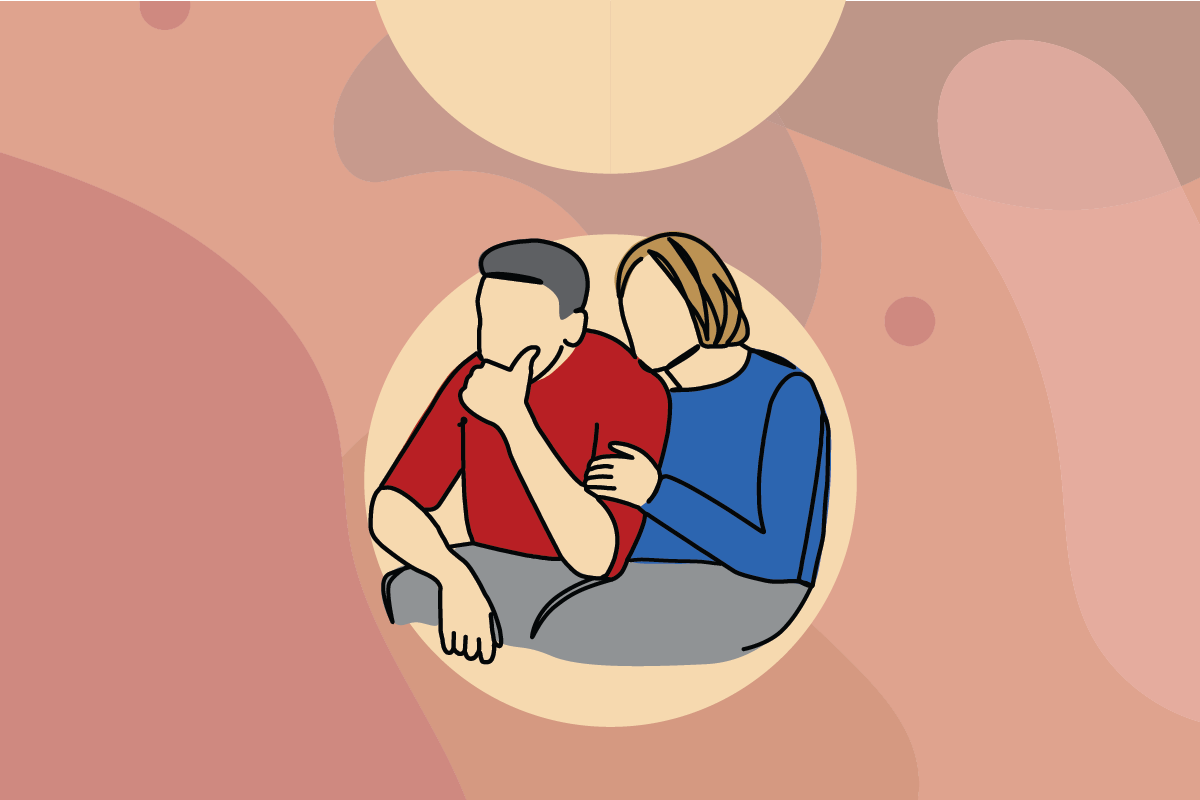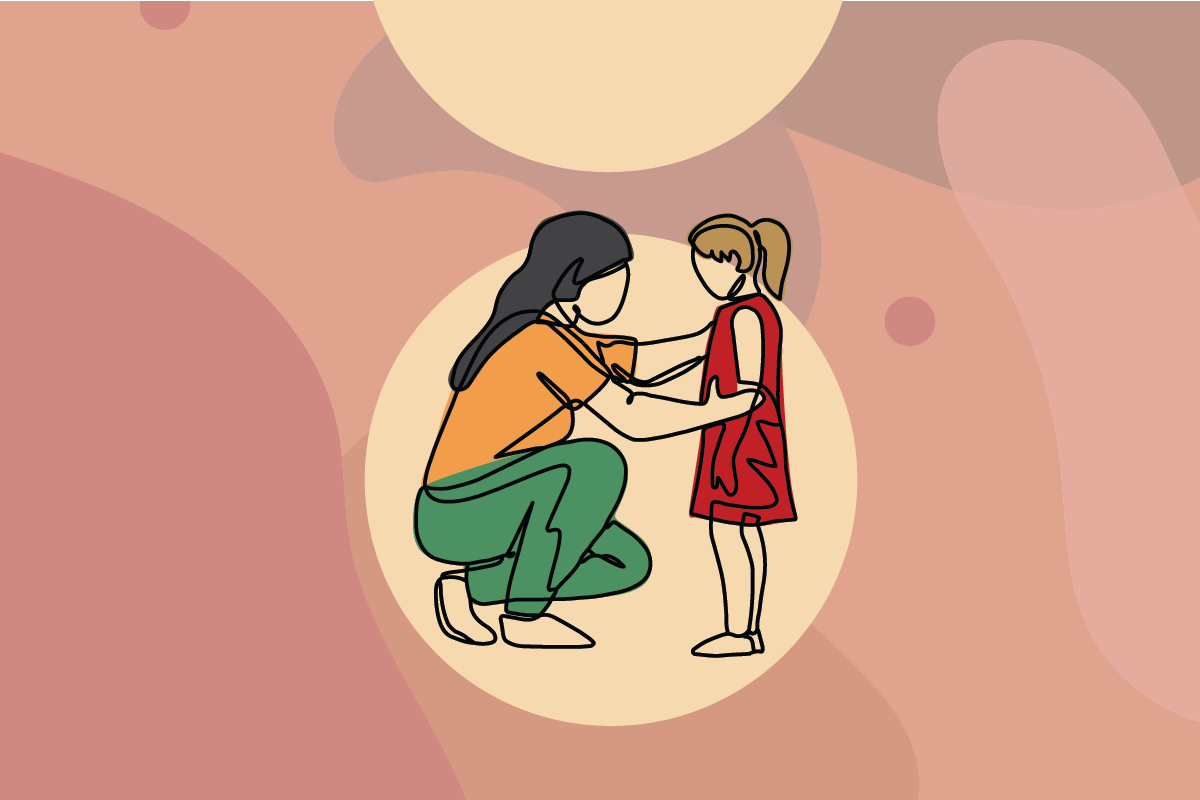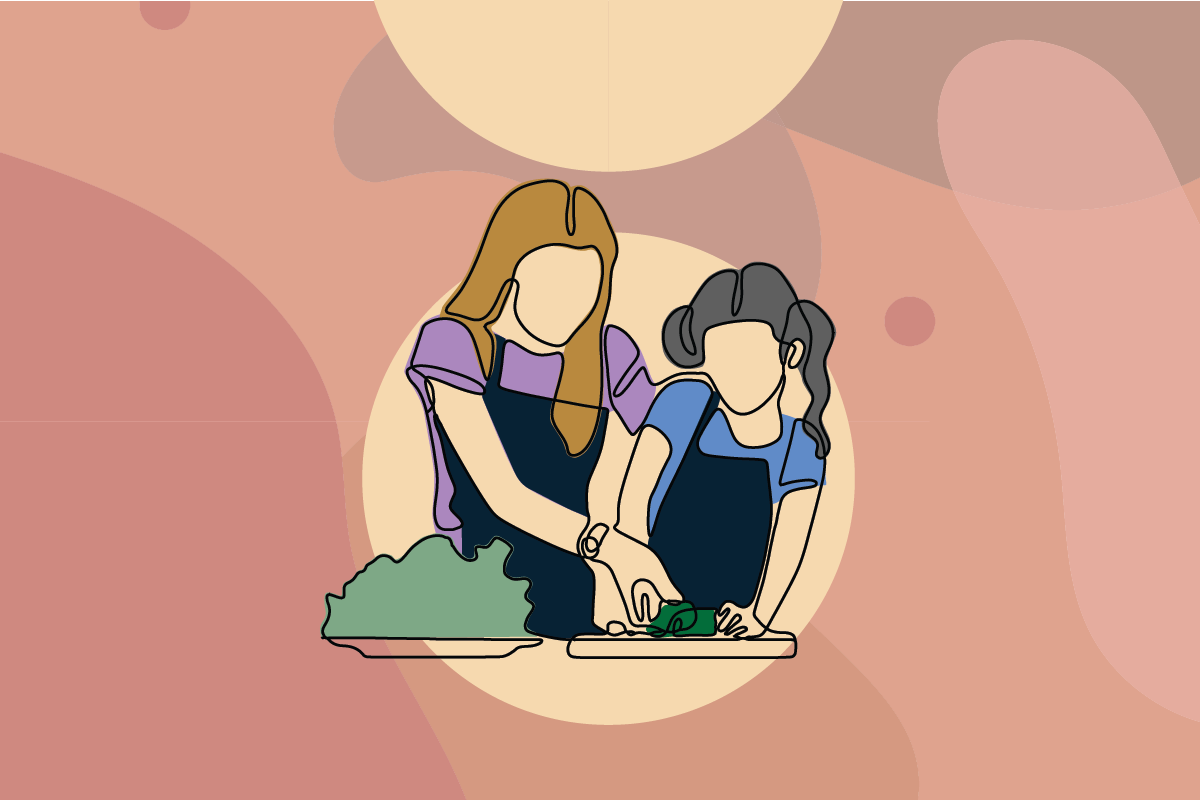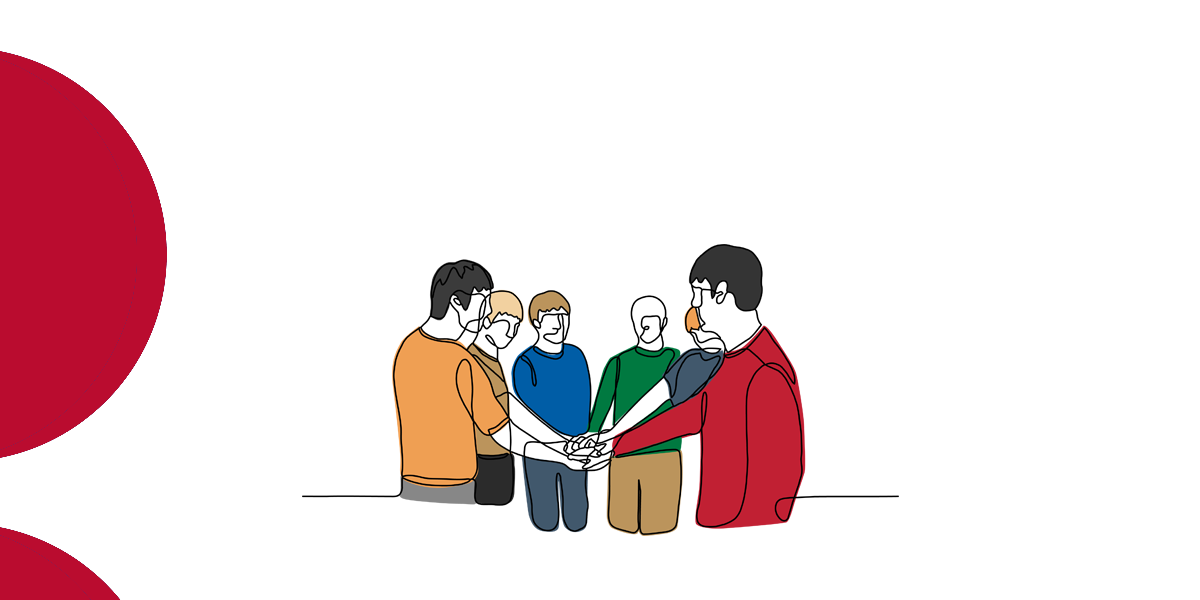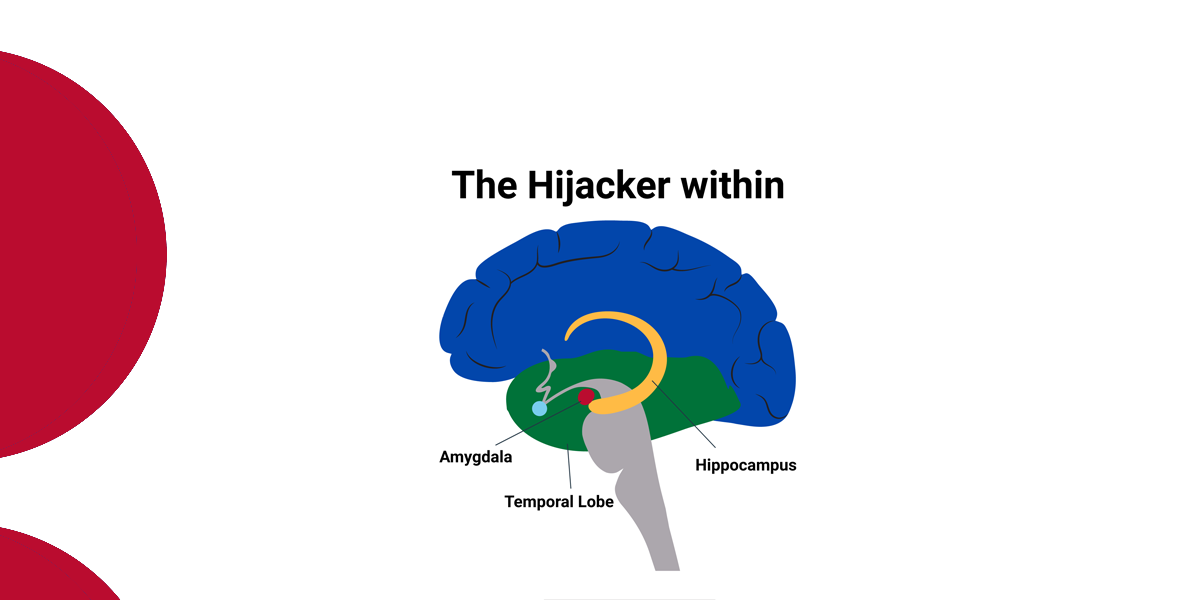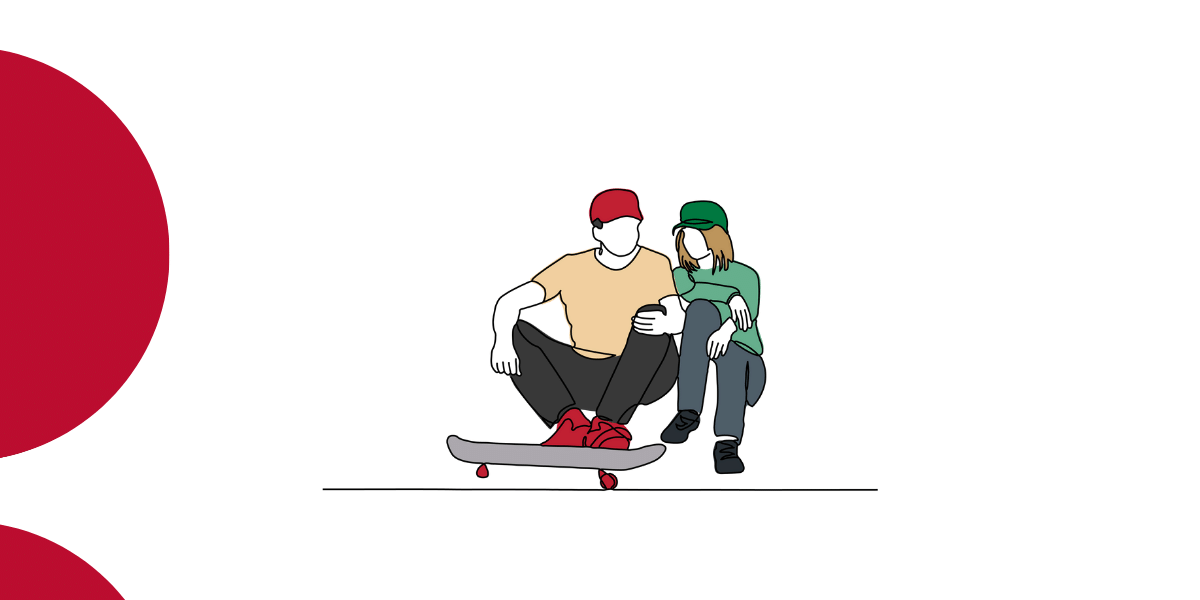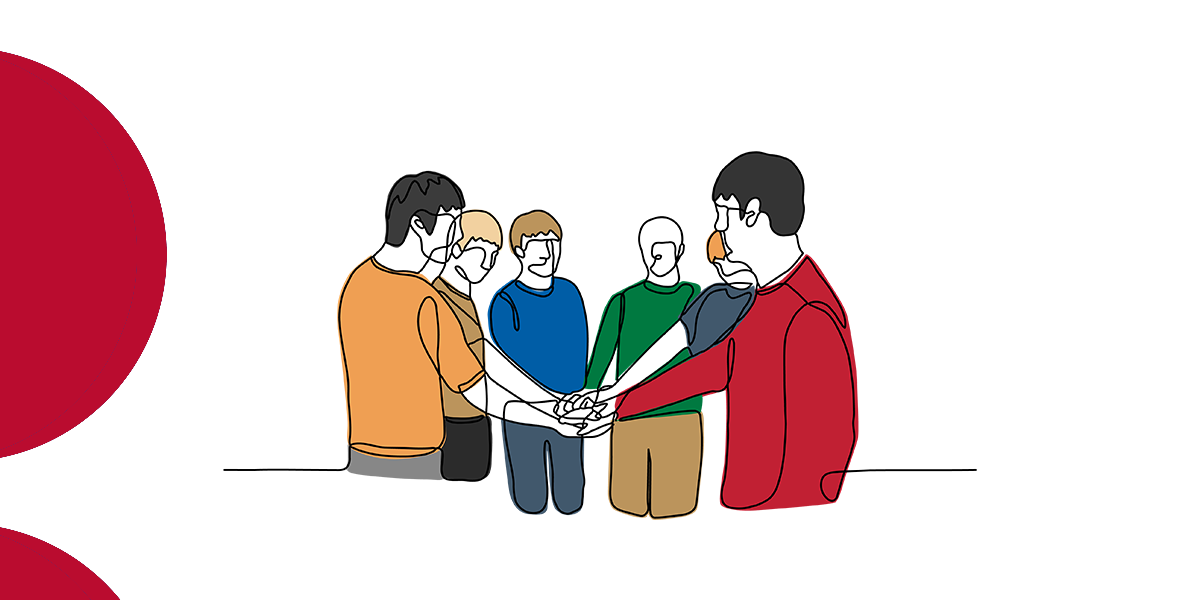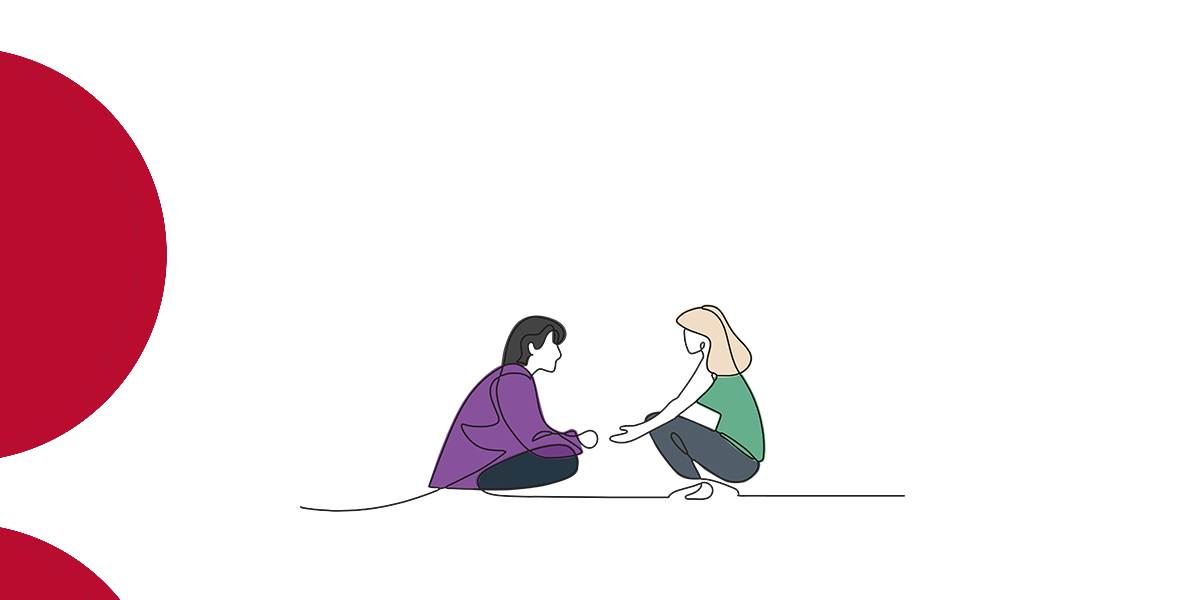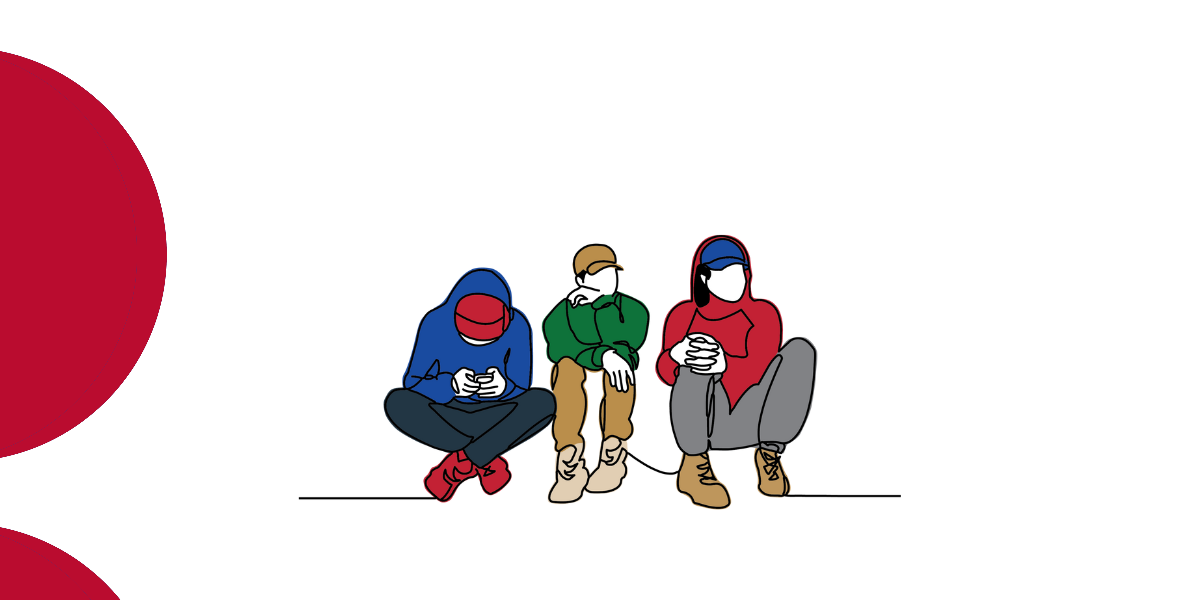Do ‘no touch’ policies in residential care keep workers and children safe? It’s not that simple
Jun 2022
Written by Glenys Bristow
Lyn was 16 and had grown up in foster and residential care. Lyn was interviewed about her experience and views about out of home care. She was extremely positive about several carers and workers. However, one of the things she found most difficult was agency’s ‘no touch’ policy.
I guess I understood (no touch) most of the time, but the hard bits that stand out was when I had an operation and came out of the anaesthetic, I just needed someone there to hug or hold me and tell me everything would be okay. The other time was when after years of struggle, I passed Year 10 – I thought then I deserved a hug. I think you need to make sure that workers are aware of how important this is for us.
Lyn, post-care experience interview
Touch is the first sense acquired and the last lost and our skin is our largest sensory organ. Touch is highly significant in our everyday encounters, relationships, and emotional, social and even physical development (Johansson, 2013). Perry (2006) puts it this way:
Safe, loving touch is a core human need that begins before birth and stays with us throughout life.
Someone deprived of early nurturing touch is likely to experience significant ongoing psychological and physical health issues; its absence often leads to children failing to thrive (Le Breton, 2003).
Why then is it such a difficult topic for organisations and statutory funding bodies to discuss? Why do some agencies have a ‘no touch’ policy ostensibly as a way of keeping their workers safe or minimising disruption to carefully planned rosters?
According to Owen and Gillentine, (2011) touch has assumed the mantel of a moral panic in children’s residential care in the West. There is fear amongst some agencies and workers regarding touch, particularly in residential care. The main fear is that touch presents opportunities for boundaries to be blurred, leaving agencies, children, and staff vulnerable to inappropriate and harmful relationships. However, blanket ‘no touch’ policies ignore the importance of safe touch, and how to support workers and young people to navigate this with respect, warmth and understanding of everyone’s context. As Lyn’s reflection shows, a hug from an attuned and trusted adult to celebrate an achievement, offer sympathy and show support can be appropriate, safe, and part of a respectful and healthy child-carer relationship.
Agencies and staff might also be fearful of touch being misinterpreted, however, fear of accusations of abuse has been disproportionate to actual occurrences, resulting in professionals developing defensive and distorted thinking. It is an incredibly sensitive issue requiring very advanced skills right through and across organisations.
In a small qualitative interview study with eight Irish child-care (residential) social workers, touch initiated by the children or necessary to ensure the children’s physical safety was perceived as acceptable, but workers avoided using touch to positively express empathy, reassurance and build relationships, principally because of their fear of false allegations (Lynch and Garrett, 2010).
Even where some agencies have a no-touch policy residential workers who share their lives with young people still hug them placing themselves at risk of disciplinary action.
So, what do we know about touch?
1. All children and young people need safe nurturing touch, particularly when they have experienced trauma and are living in out of home care.
2. All children and young people need safe touch, but it can sometimes be harder to meet this need in a way that feels and is safe and understood for young people and staff who share living environments.
For example, we need to be aware that:
o young people and children’s experience of touch may have been of physical or sexual abuse, and so any touch may trigger bad memories (in their body and their mind) and feel like the abuse is still happening.
o Young people and children who have not experienced safe and nurturing touch may see it as strange and frightening. They may react to well-intentioned touch with anger and confusion about what is expected of them.
o Young people and children may distort and misinterpret appropriate touch as sexual or as a precursor to initiating sexual behaviour. This will not only make them feel unsafe but puts their ITC workers at risk with misunderstood and wrongful allegations.
o Some residential care staff will feel more exposed when asked to initiate touch if they have had past negative experiences with other young people making allegations regarding touch.
3. If our young people do not get safe, positive touch from us, they are at much higher risk of seeking out unsafe touch such as sexual behaviour, exploitation, and violence.
The provision of safe touch is both a simple and incredibly complex aspect of practice. Simple because it is an ordinary day-to-day expectation. Complex because some children need us to think and plan together how best to initiate therapeutic safe touch as part of their overall ‘therapeutic’ plan.
Reflection:
- Do the children and young people in your care need safe touch in their lives?
- What are your thoughts on safe touch?
- hat are your agency’s thoughts on safe touch?
- Does your organisation have a policy for safe touch with children, young people and their families?
- Do you think there is any flexibility in the policy?
- How might you introduce safe touch in your work?
- How would you seek permission from a child /young person to touch them in a safe manner?
- How might you explain the reasons for this? e.g., you are looking sad … would you like a hug?
Going further
| House rules – safe and unsafe touch: In the context of residential homes, it is important for carers, staff, and young people to work towards a shared understanding of safe and unsafe touch. Some carers and young people might find clear, house rules helpful. For example: In our house, we ask before we hug, wrestle, or touch another person. “Can I give you a hug?” In our house, we keep our bodies safe and ask for help from a trusted adult if we feel unsafe. For more ideas on teaching safety rules visit: https://www.cfchildren.org/blog/2017/08/activity-teaching-touching-safety-rules-safe-and-unsafe-touching/ | ||
| It is also important to consider how safe, age-appropriate intimate relationships are taught and addressed with children and young people. Some resources to consider include: It’s Time We Talked – https://itstimewetalked.com/ | ||
| Please see the CETC Practice Guide on Safe Touch for more information (forthcoming). |
References
Johnson F. (2012) ‘Problems with the term and concept of ‘Abuse’: Critical reflections on the Scottish Adult Support and Protection Study’, British Journal of Social Work, 42 (5), pp. 833–50.
Le Breton D. (2003) ‘Touching another in suffering’, Revue de Sciences Sociales, 31, pp. 200–5.
Lynch, R., Garrett, P. M. (2010) “More than words”: Touch practices in child and family social work’, Child and Family Social Work, 15, pp. 389–98.
Owen P. M., Gillentine J. (2011) ‘Please touch the children: Appropriate touch in the primary classroom’, Early Child Development and Care, 181 (6), pp. 857–68.





